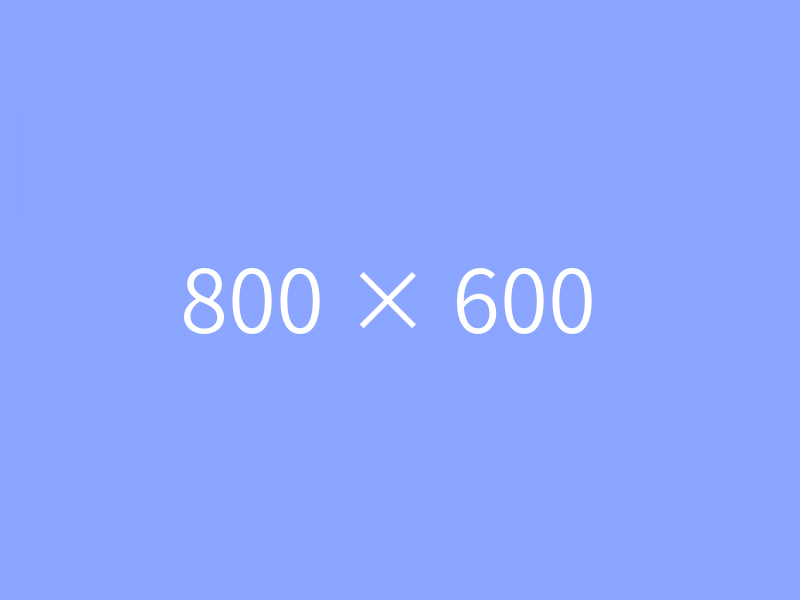Passage Two
What you've always heard? We're eating way too much salt. The average American gets about 3.4 grams of sodium every day, far more than the upper limit of 2. 3 grams recommended by the USDA. The Institute of Medicine estimates that reducing sodium intake (摄取量) nationwide could prevent 100,000 deaths every year.
The headlines now? It's time to get tough. The New York City health department recently kicked off a national effort to cut the amount of salt in packaged and restaurant food by 25% over five years. 80% of the salt in the average person's diet comes from those sources, not from the sahshaker (盐瓶).
But wait! The benefits of salt reduction are surprisingly mruky. At least 13 studies have tried to find out what happens to people who choose to eat salty or not-so-salty food--and the results have pointed in eve~3~ direction. Sonre studies suggest that cutting salt protects the heart; others suggest that intense salt reduction can actually increase heart problems. What's needed,Dr. Michael Alderman says, is a randomized (随机的) , controlled trial, in which people are put on different diets and followed for years. It's the only way to get a reliable answer, but it's never been done.
So what should you do? Go easy on processed foods and eat more produce. Those changes will improve your diet in a variety of ways and cut the amount of sodium you consume. If your blood pressure is high, work with your doctor to control it with drugs and lifestyle changes. If your blood pressure is healthy? At this point, there's no convincing reason for you to count every grain.
It is stated in Paragraph 1 that our sodium intake
A、 is within the healthy range
B、 is a bit over the upper limit
C、 is far beyond what is necessary
D、 is well below the lower limit
【正确答案】:B

微信小程序
微信扫一扫体验
投稿

微信公众账号
微信扫一扫加关注
评论 返回
顶部

发表评论 取消回复